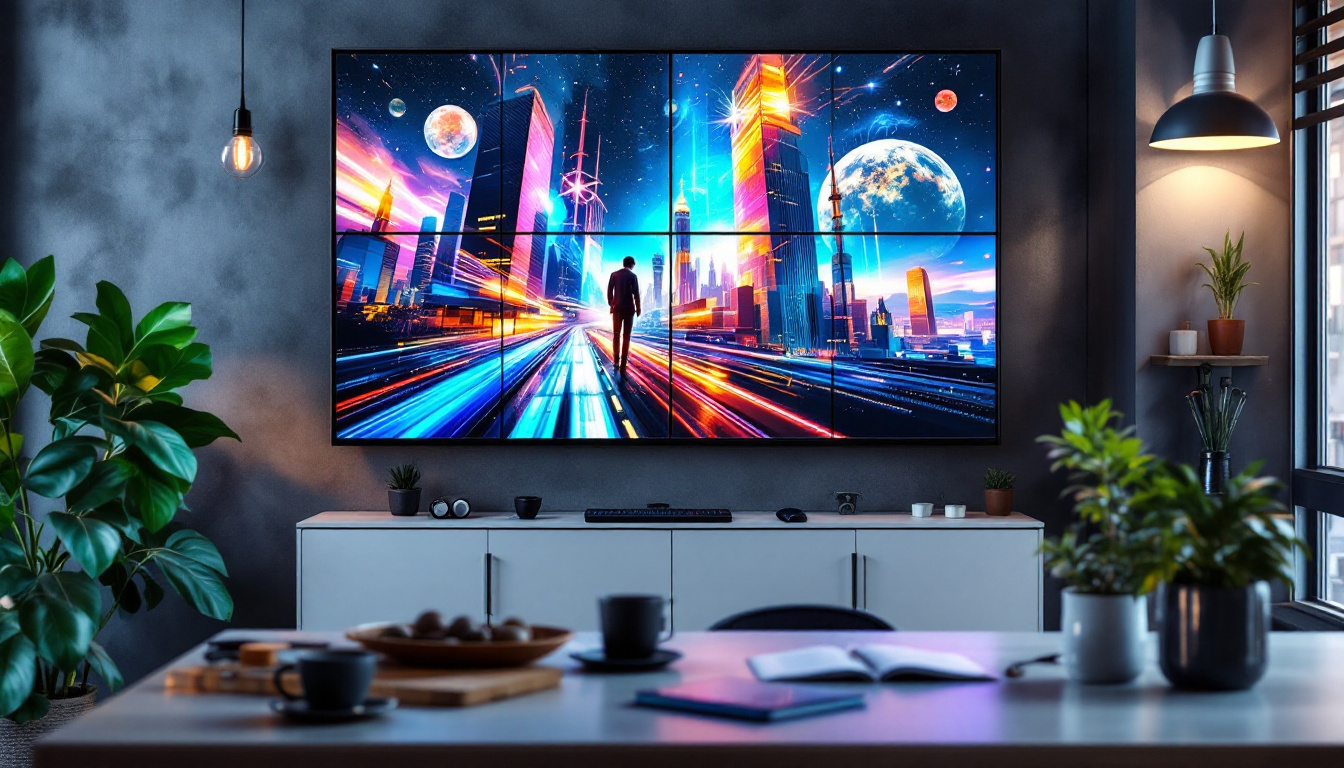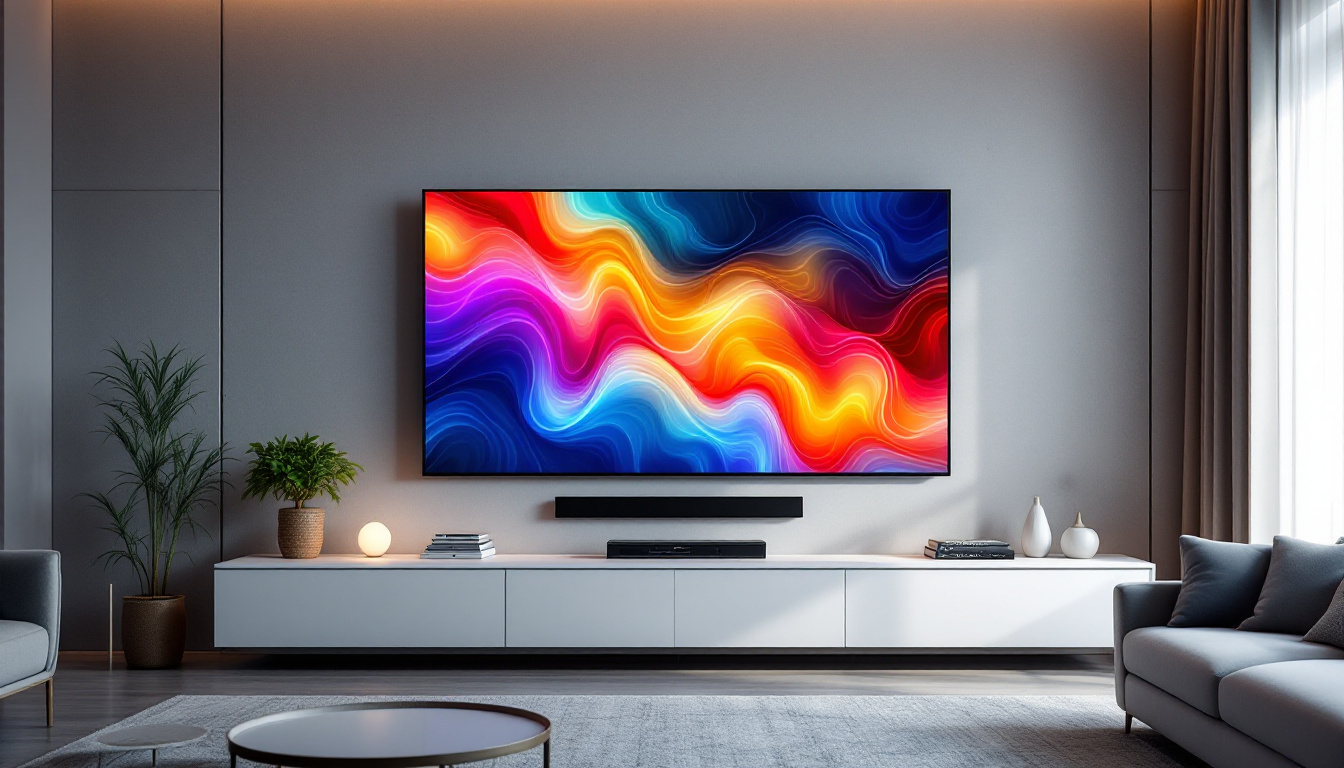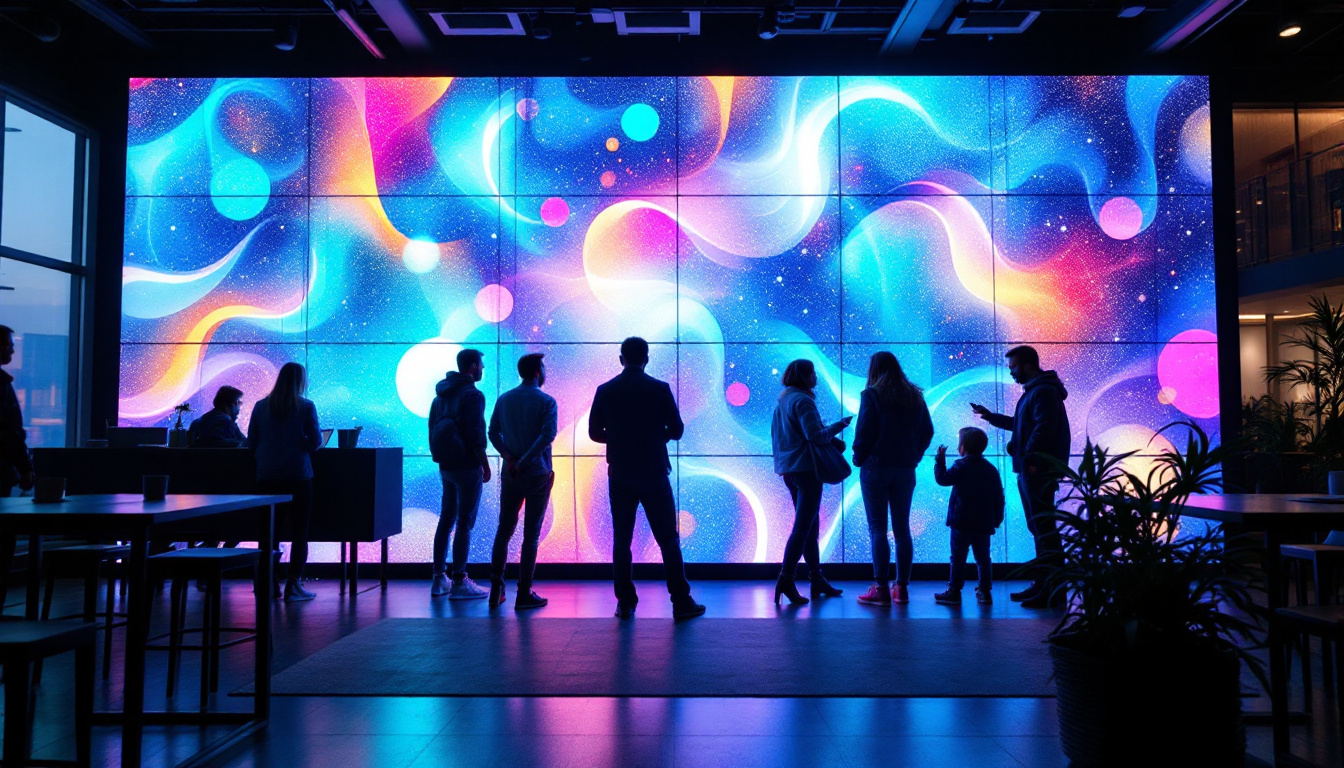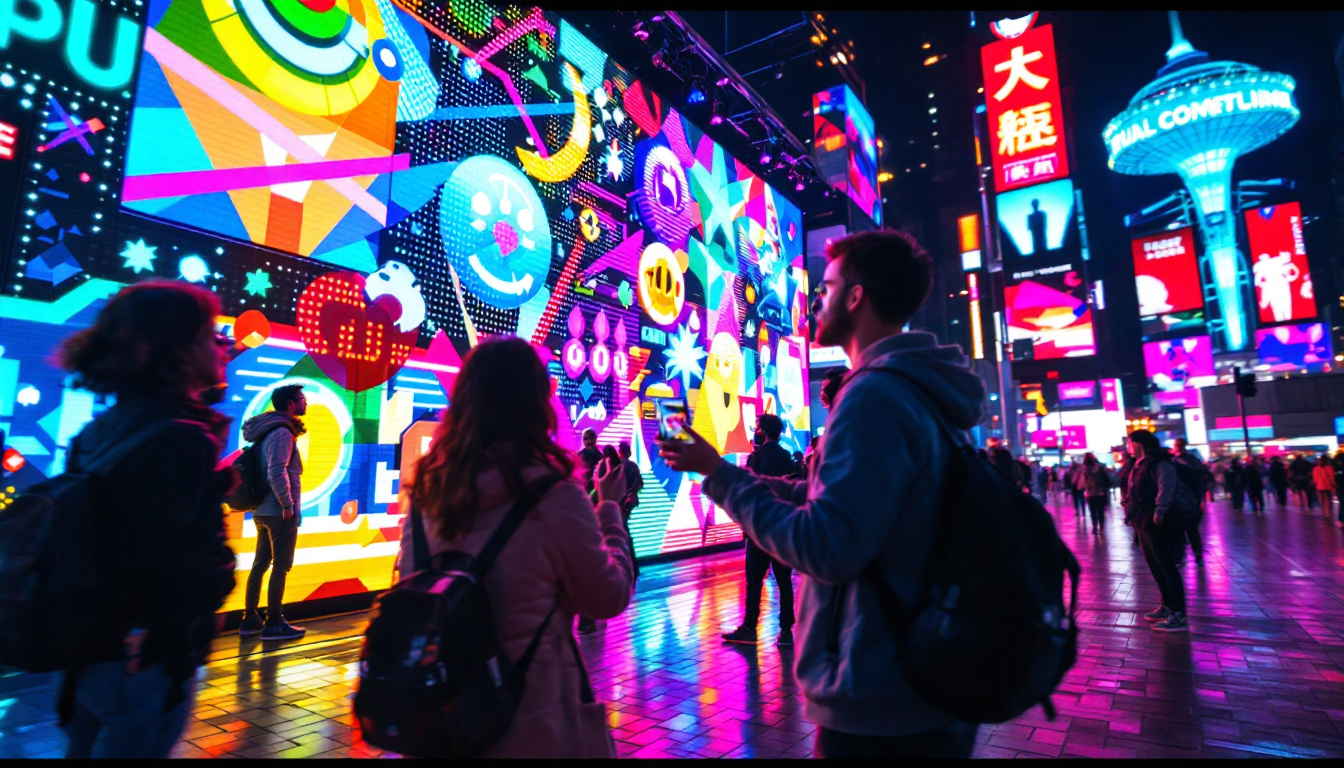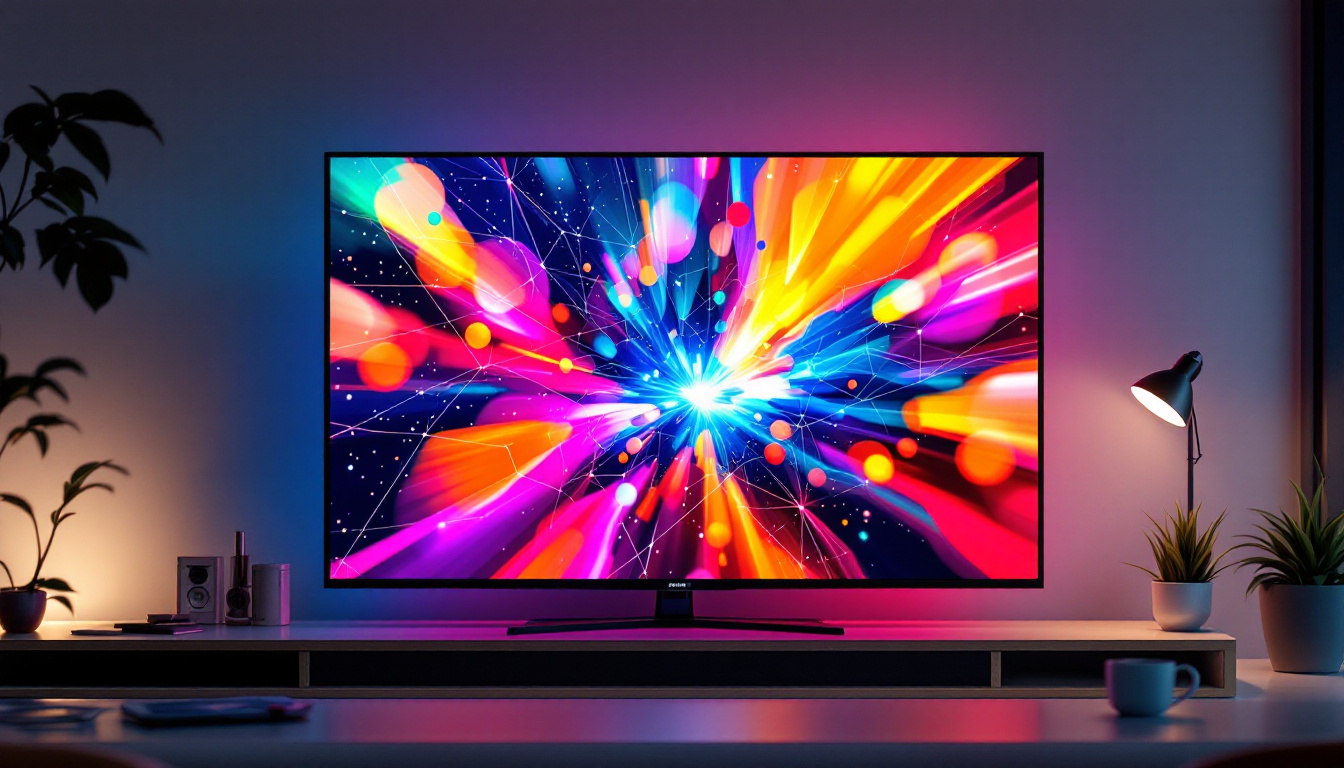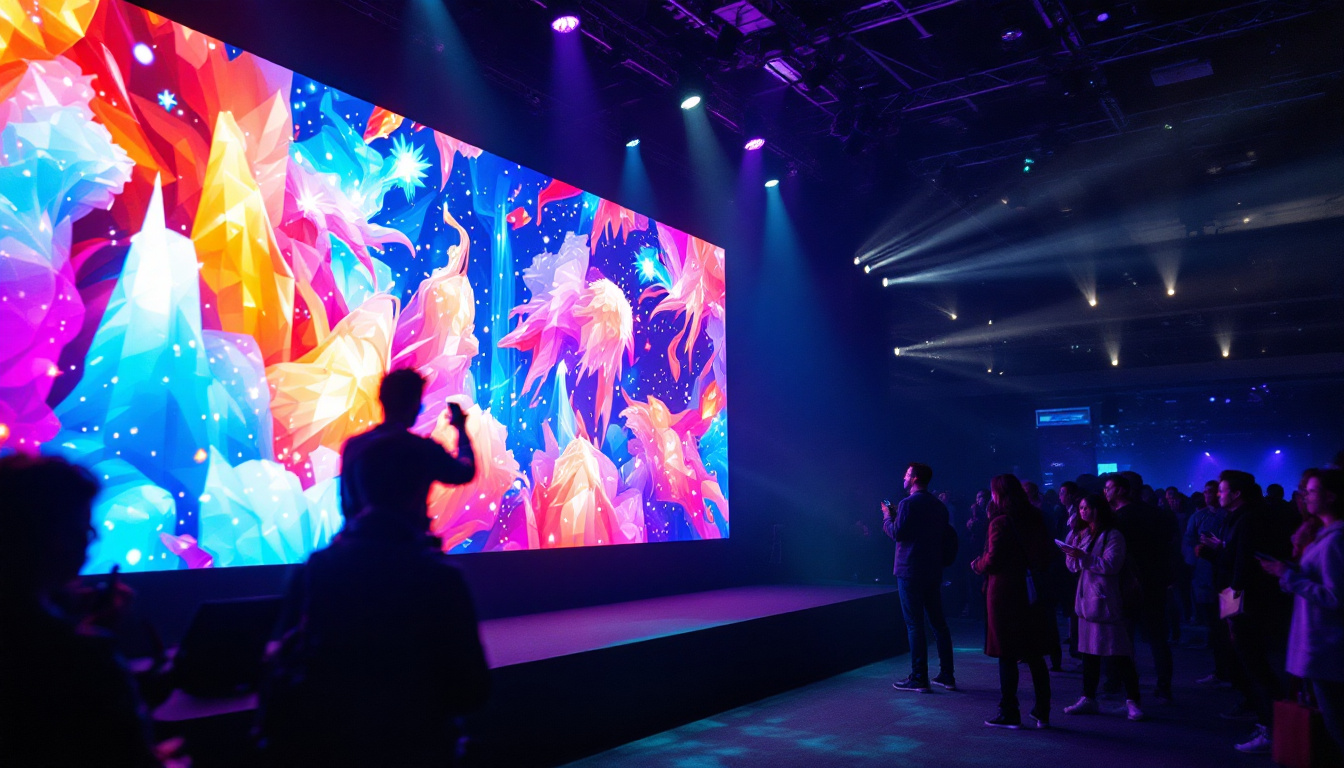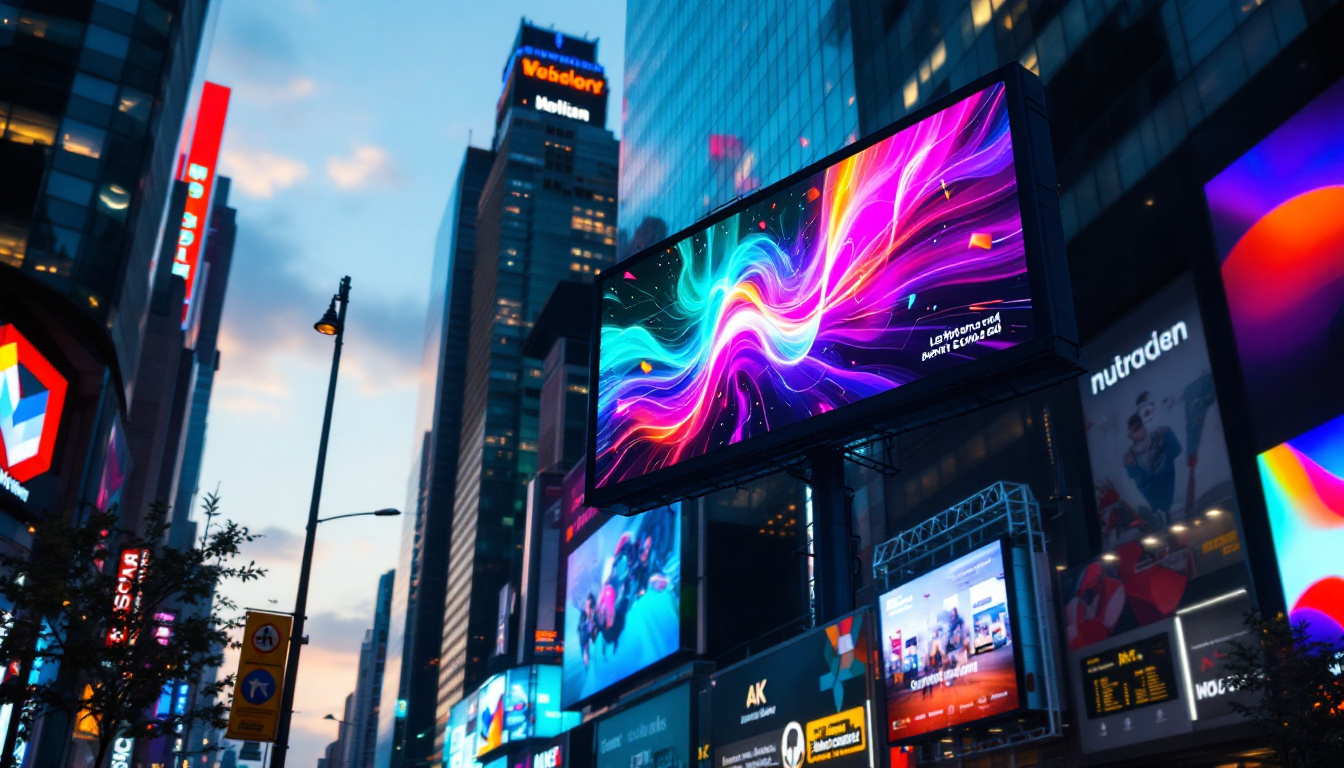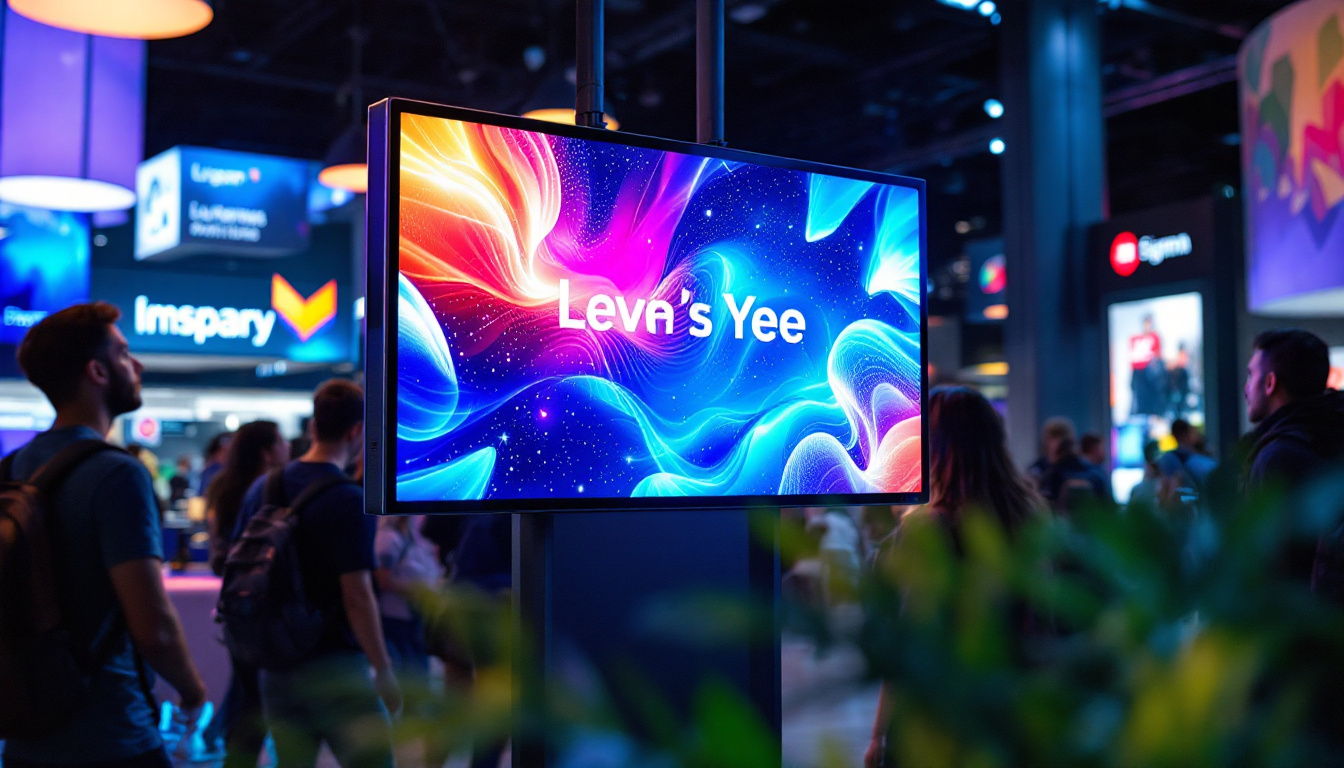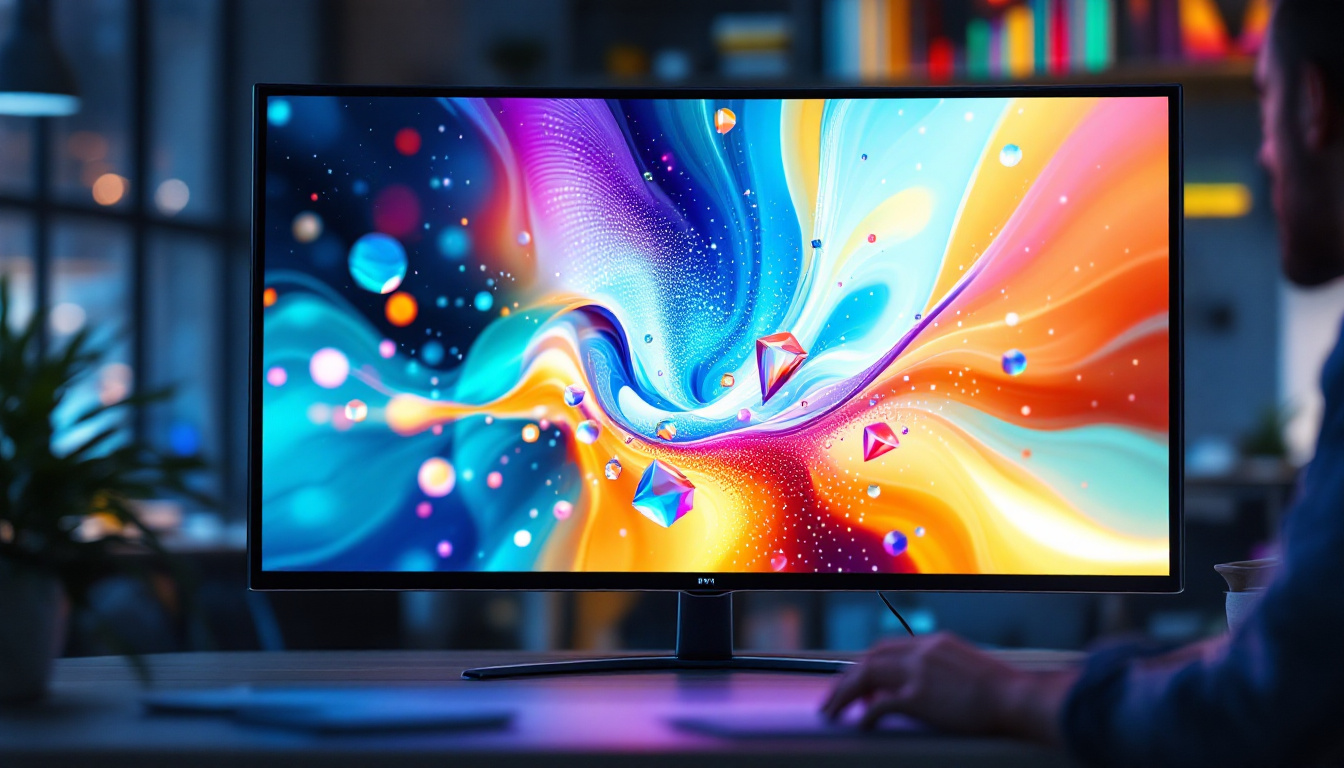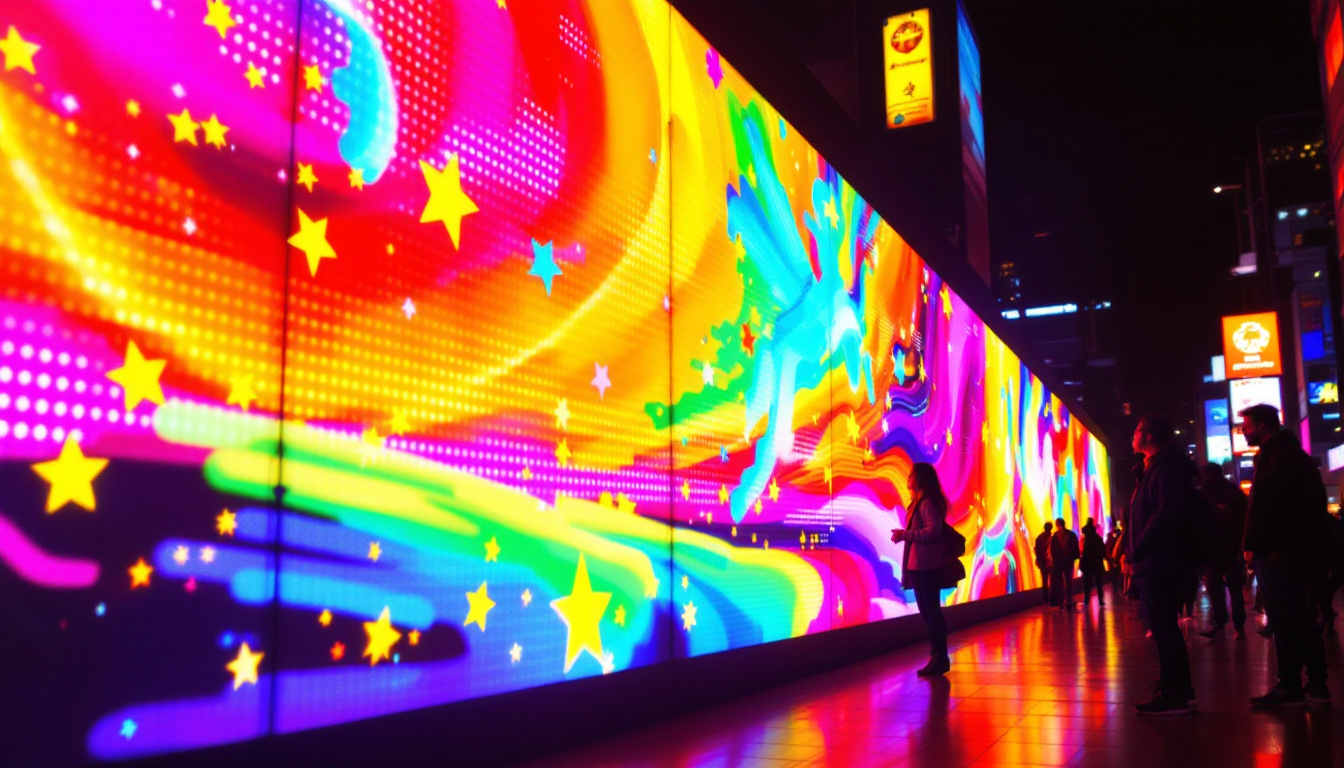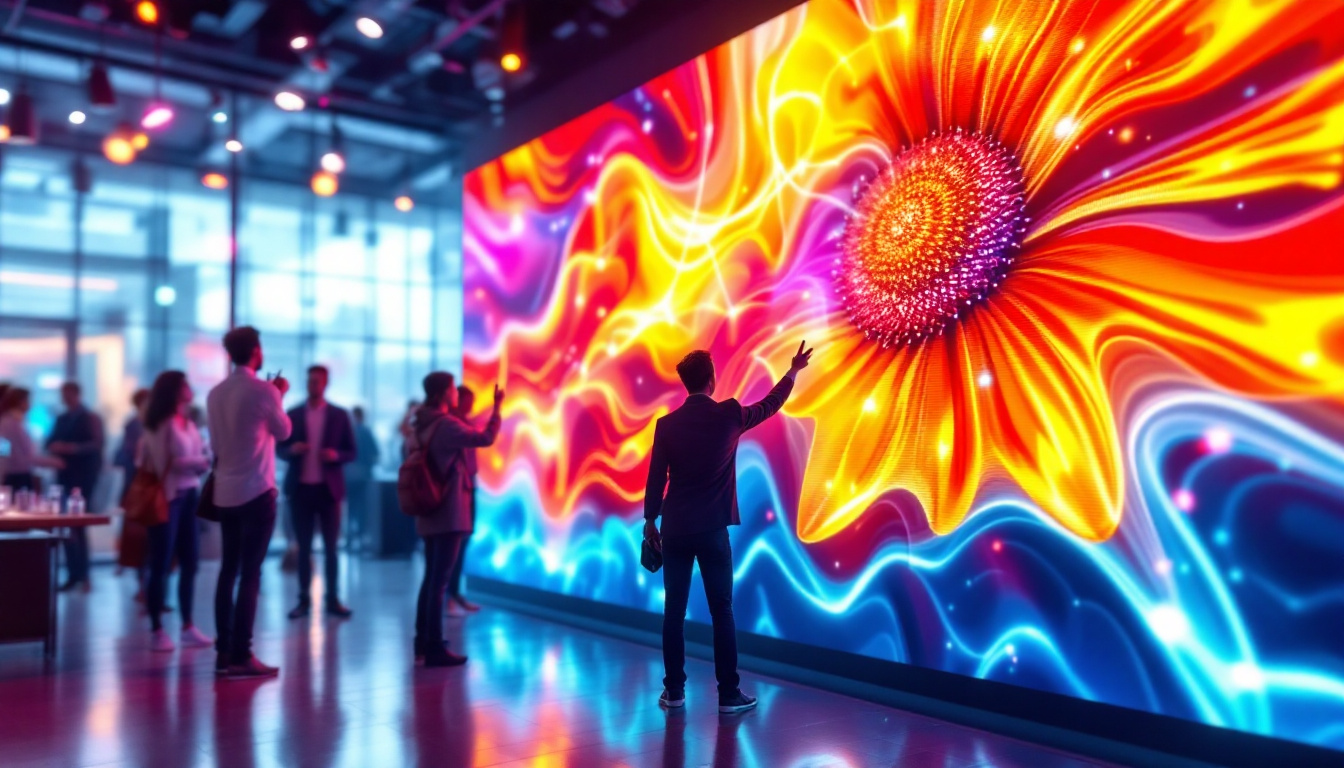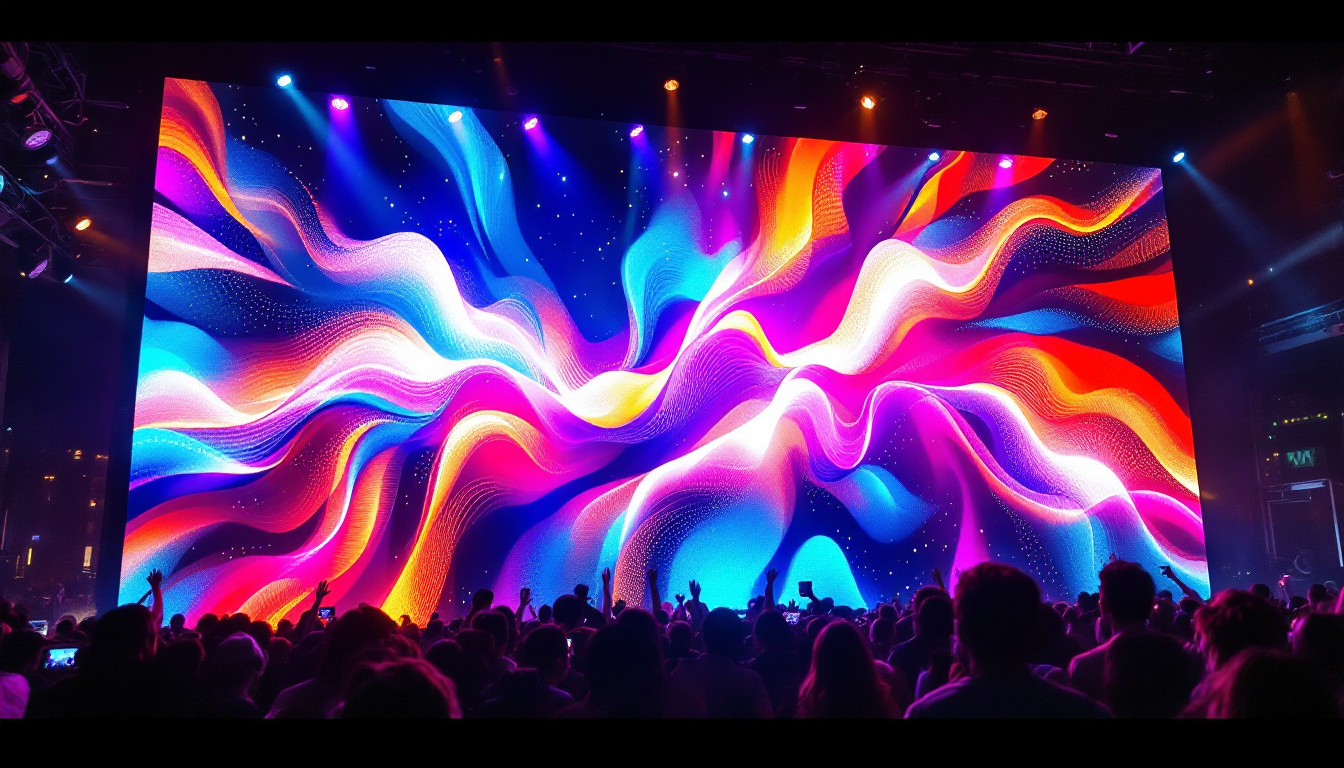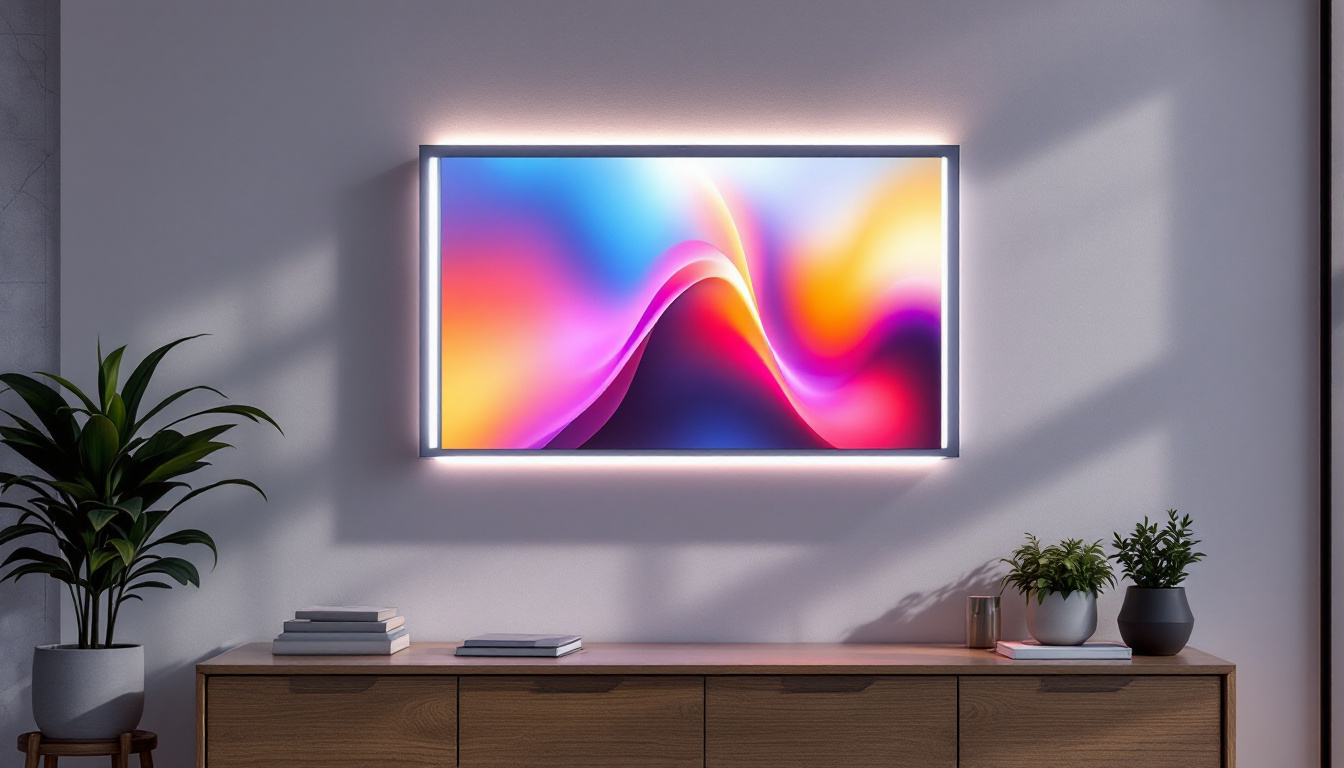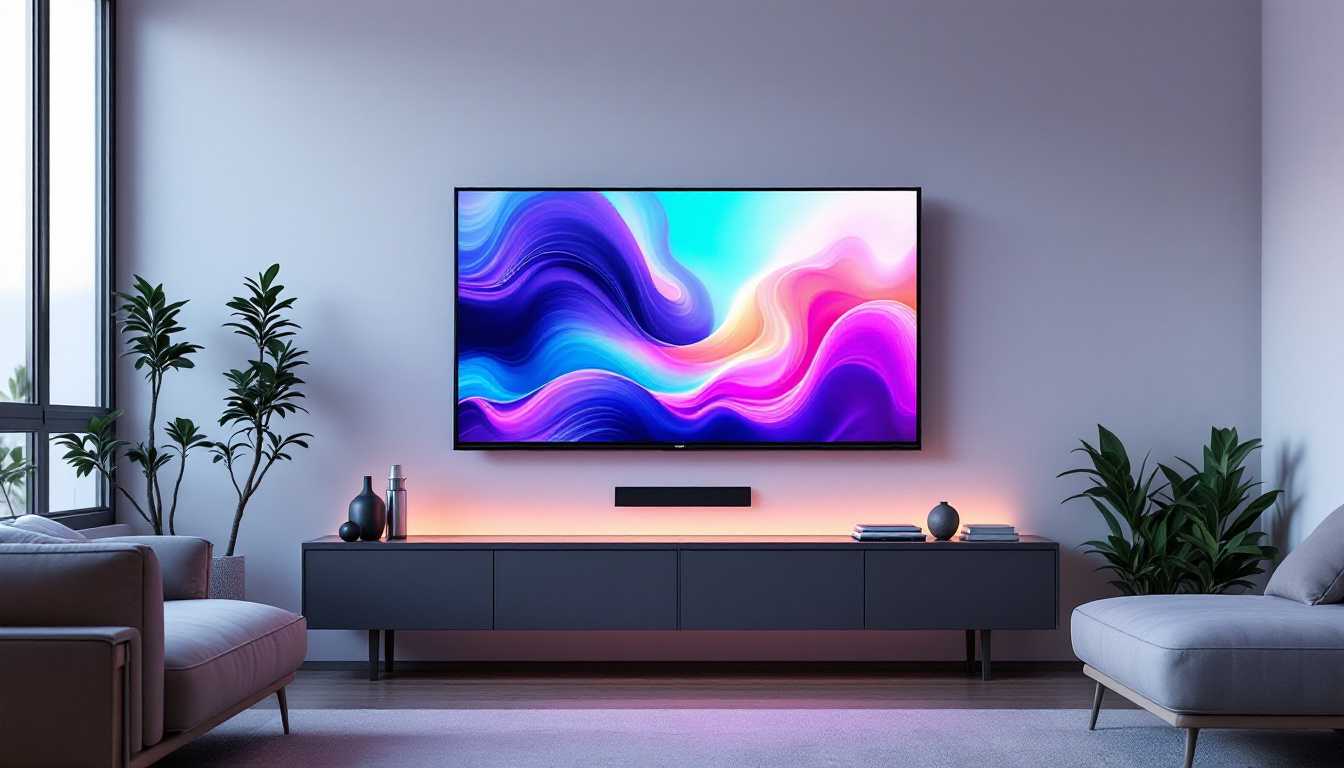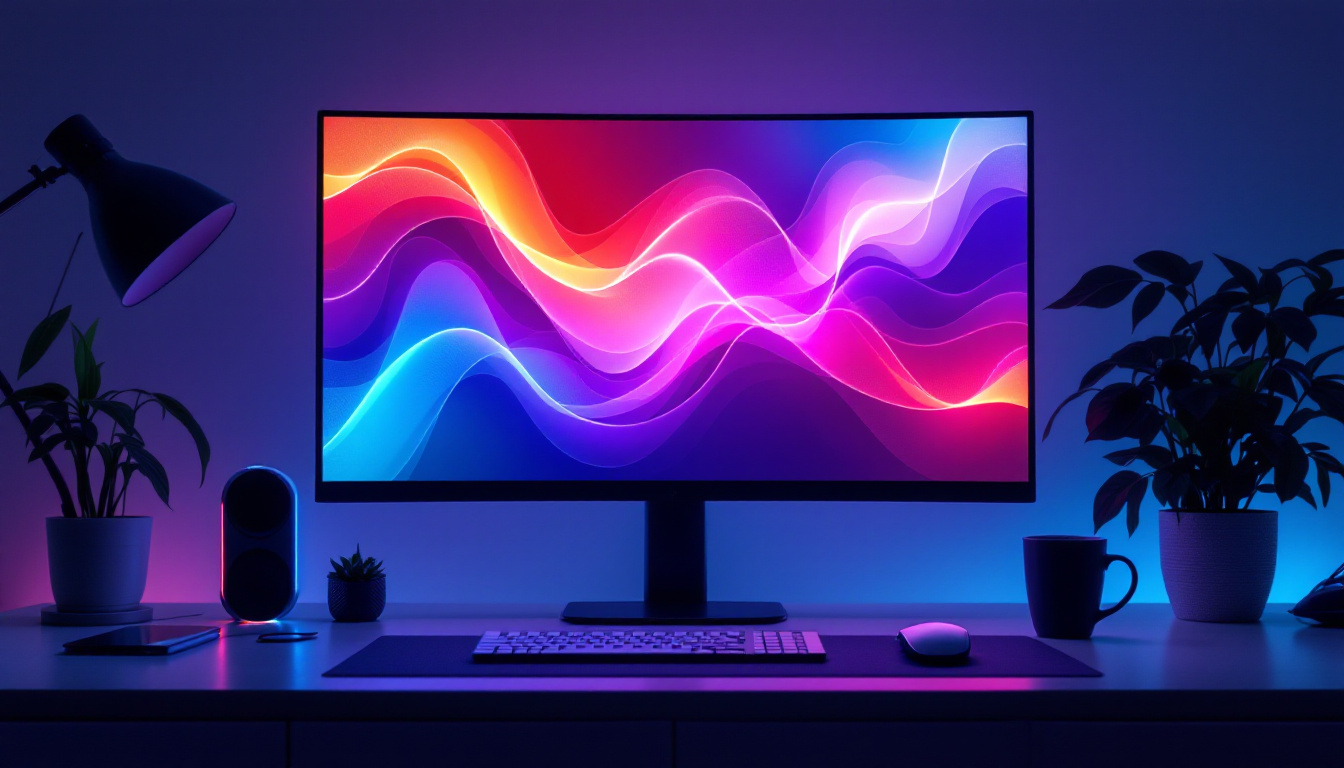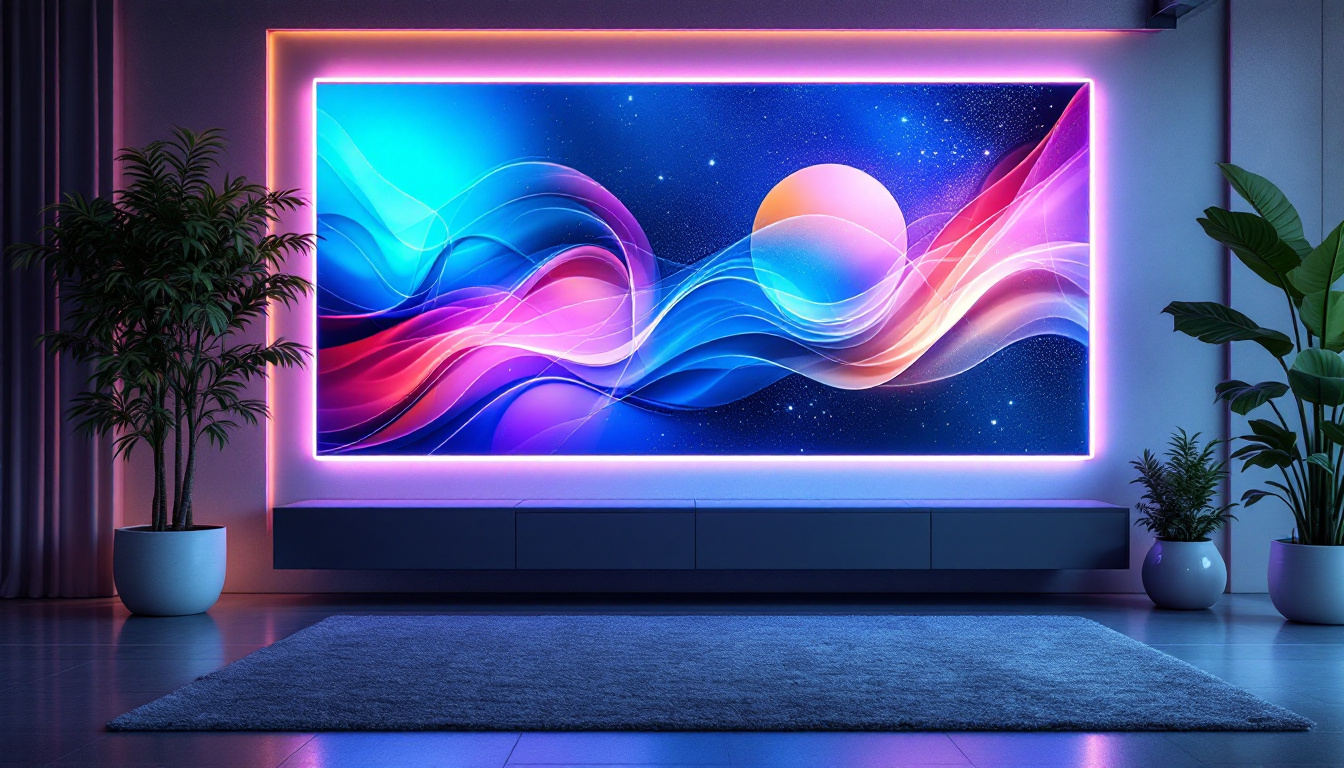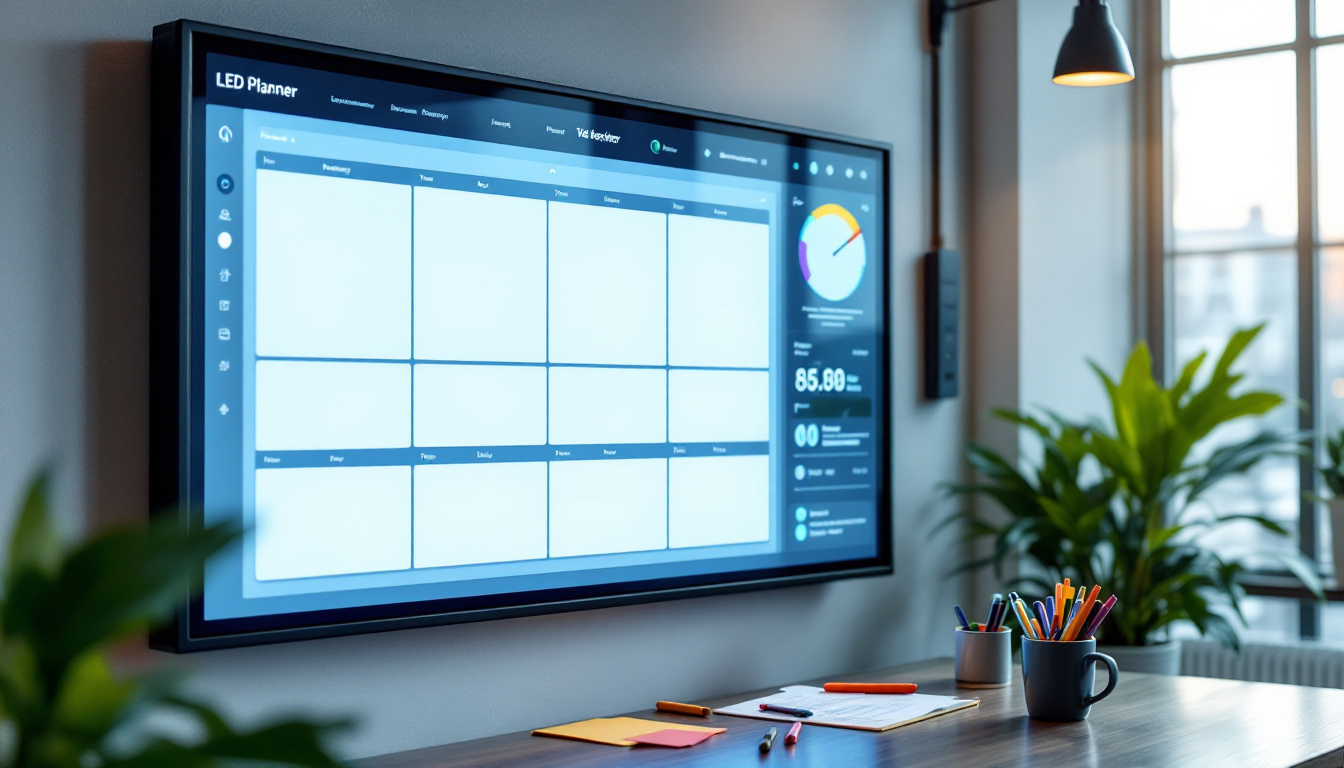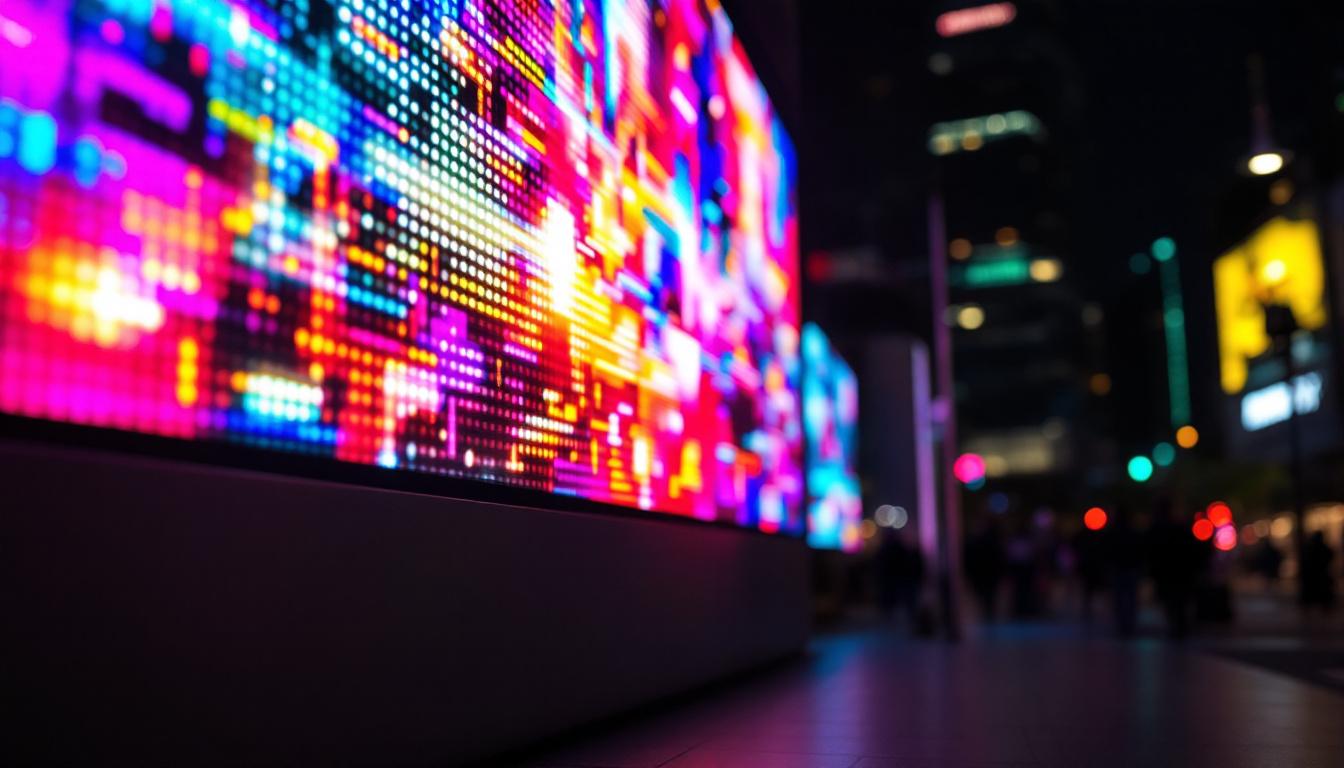In the rapidly evolving world of digital displays, video walls have emerged as a powerful tool for communication, marketing, and entertainment. These large-scale installations, often composed of multiple screens, create a stunning visual experience that captivates audiences. For Mac users, understanding the intricacies of video wall monitors, particularly LED displays, is essential for maximizing their potential. This article delves into the various aspects of video wall monitors for Mac, focusing on LED technology, setup considerations, and practical applications.
Understanding LED Technology
Light Emitting Diode (LED) technology has revolutionized the way displays are designed and utilized. Unlike traditional LCD screens, LED displays offer superior brightness, contrast, and energy efficiency. This section explores the fundamental principles of LED technology and its advantages in video wall applications.
What is an LED Display?
An LED display is a flat panel display that uses light-emitting diodes as pixels to produce images. These displays can be categorized into two main types: direct view and backlit. Direct view LED displays consist of individual LED modules that emit light directly, while backlit LED displays utilize LEDs to illuminate an LCD panel from behind.
The direct view type is particularly popular for video walls, as it allows for seamless integration of multiple screens, creating a larger visual canvas. The modular nature of these displays means they can be easily scaled to fit various sizes and configurations, making them ideal for diverse applications. This flexibility is particularly beneficial in environments such as control rooms, retail spaces, and large-scale events, where dynamic content needs to be displayed across expansive areas.
Advantages of LED Displays
LED displays offer several advantages that make them a preferred choice for video walls. Firstly, they provide exceptional brightness, which is essential for visibility in well-lit environments. This characteristic ensures that content remains vibrant and clear, even in challenging lighting conditions.
Moreover, LED displays boast a wider color gamut and better contrast ratios compared to traditional displays. This results in more vivid colors and deeper blacks, enhancing the overall viewing experience. Additionally, LED technology is energy-efficient, leading to lower operational costs over time. The longevity of LED components also means less frequent replacements, further contributing to cost savings and reducing waste. Furthermore, advancements in LED technology have led to the development of features such as high refresh rates and improved pixel pitch, which enhance motion clarity and detail, making LED displays an excellent choice for high-definition video content. With the ability to deliver stunning visuals, LED displays are increasingly being adopted in various sectors, including entertainment, advertising, and education, where captivating imagery is crucial for engagement.
Setting Up a Video Wall Monitor with Mac
Setting up a video wall monitor with a Mac requires careful planning and execution. From hardware selection to software configuration, each step plays a crucial role in ensuring a successful installation. This section outlines the key considerations for setting up a video wall monitor using a Mac.
Hardware Requirements
The first step in setting up a video wall is selecting the appropriate hardware. This includes choosing the right LED displays, video wall controllers, and cables. When selecting LED displays, it is essential to consider factors such as resolution, pixel pitch, and size. A lower pixel pitch results in higher resolution and better image quality, making it suitable for close viewing distances.
In addition to displays, a video wall controller is necessary to manage the content displayed across multiple screens. This device takes input from a single source and distributes it to each monitor, ensuring a cohesive visual output. Compatibility with Mac systems is crucial, so it is advisable to choose a controller that supports macOS. Furthermore, investing in high-quality cables, such as HDMI or DisplayPort, is vital to maintain signal integrity and prevent any lag or degradation in image quality. The overall setup should also consider the physical layout of the monitors, ensuring they are securely mounted and aligned to create a seamless viewing experience.
Software Configuration
Once the hardware is in place, the next step involves configuring the software. Mac users can utilize various applications designed for video wall management. These applications allow users to create custom layouts, manage content, and control display settings from a centralized interface.
Some popular software options include digital signage solutions that offer advanced features such as scheduling, remote management, and real-time updates. It is important to choose software that aligns with the specific needs of the installation, whether for marketing, information display, or entertainment purposes. Additionally, many software solutions provide analytics tools that can track viewer engagement and content performance, allowing users to optimize their displays based on real-time feedback. This capability not only enhances the effectiveness of the video wall but also ensures that the content remains fresh and relevant to the audience, maximizing the impact of the installation.
Practical Applications of Video Walls
Video walls are versatile tools that can be employed in a wide range of settings. Their ability to deliver high-quality visual content makes them suitable for various applications, from corporate environments to public spaces. This section highlights some of the most common uses for video walls.
Corporate Environments
In corporate settings, video walls serve as powerful communication tools. They can be used for presentations, training sessions, and internal communications. By displaying data visualizations, charts, and multimedia content, video walls enhance engagement and facilitate better understanding among employees.
Moreover, video walls can be utilized for digital signage in lobbies and reception areas, showcasing company branding, news updates, and upcoming events. This not only creates a dynamic atmosphere but also reinforces the organization’s identity and values.
Retail and Marketing
In the retail sector, video walls have become an integral part of marketing strategies. They attract customers’ attention and create immersive shopping experiences. Retailers can display promotional videos, product information, and interactive content, encouraging customer engagement and driving sales.
Furthermore, video walls can be used for event marketing, allowing brands to showcase their products and services during exhibitions and trade shows. The eye-catching visuals created by video walls can significantly enhance a brand’s presence and leave a lasting impression on potential customers.
Challenges and Considerations
While video walls offer numerous benefits, they also come with challenges that need to be addressed for successful implementation. Understanding these challenges can help users make informed decisions and optimize their video wall setups.
Cost Considerations
One of the primary challenges associated with video walls is the cost. High-quality LED displays and video wall controllers can be expensive, and the total investment may increase when factoring in installation and maintenance costs. Organizations must carefully evaluate their budgets and consider the return on investment when planning a video wall project.
Additionally, ongoing operational costs, such as electricity and software licensing fees, should be taken into account. It is advisable to conduct a thorough cost analysis to ensure that the benefits of a video wall outweigh the associated expenses.
Technical Challenges
Technical challenges can also arise during the setup and operation of video walls. Issues such as compatibility between hardware and software, signal loss, and display calibration can impact performance. To mitigate these challenges, it is essential to work with experienced professionals who understand the intricacies of video wall technology.
Regular maintenance and updates are also crucial to ensure optimal performance. Keeping software up to date and addressing any hardware issues promptly can help prevent disruptions and extend the lifespan of the video wall.
Future Trends in Video Wall Technology
The landscape of video wall technology is continuously evolving, driven by advancements in display technology and changing user needs. This section explores some of the emerging trends that are shaping the future of video walls.
Increased Resolution and Pixel Density
As technology advances, the demand for higher resolution and pixel density in video walls continues to grow. 4K and even 8K displays are becoming more accessible, allowing for incredibly detailed visuals. This trend is particularly important for applications that require close viewing distances, such as control rooms and retail environments.
Higher pixel density not only enhances image quality but also allows for more creative content presentations. Users can create intricate designs and visual effects that captivate audiences and elevate the overall viewing experience.
Integration with Interactive Technologies
Another trend in video wall technology is the integration of interactive features. Touch-sensitive displays and gesture recognition systems enable users to interact with content in real-time, creating engaging experiences. This is particularly beneficial in educational settings, where interactive video walls can facilitate collaborative learning and participation.
Additionally, augmented reality (AR) and virtual reality (VR) technologies are increasingly being incorporated into video wall applications. These innovations allow for immersive experiences that blend the physical and digital worlds, opening up new possibilities for storytelling and engagement.
Conclusion
Video wall monitors, particularly those utilizing LED technology, represent a dynamic and powerful medium for communication and engagement. For Mac users, understanding the intricacies of these displays is essential for maximizing their potential in various applications. From corporate environments to retail spaces, video walls offer unique opportunities to captivate audiences and enhance visual communication.
While challenges such as cost and technical issues exist, careful planning and consideration can lead to successful implementations. As technology continues to evolve, staying informed about emerging trends will ensure that users can leverage the full capabilities of video walls, creating impactful visual experiences for years to come.
Discover LumenMatrix LED Display Solutions
Ready to transform your space with the power of LED technology? LumenMatrix is at the forefront of creating immersive and engaging visual experiences. Whether you’re looking to enhance your corporate environment, captivate retail customers, or make a statement at your next event, our comprehensive range of LED display solutions—including Indoor and Outdoor LED Wall Displays, Vehicle LED Displays, and more—offers the versatility and cutting-edge performance you need. Elevate your visual communication to new heights with LumenMatrix. Check out LumenMatrix LED Display Solutions today and see your vision come to life.

